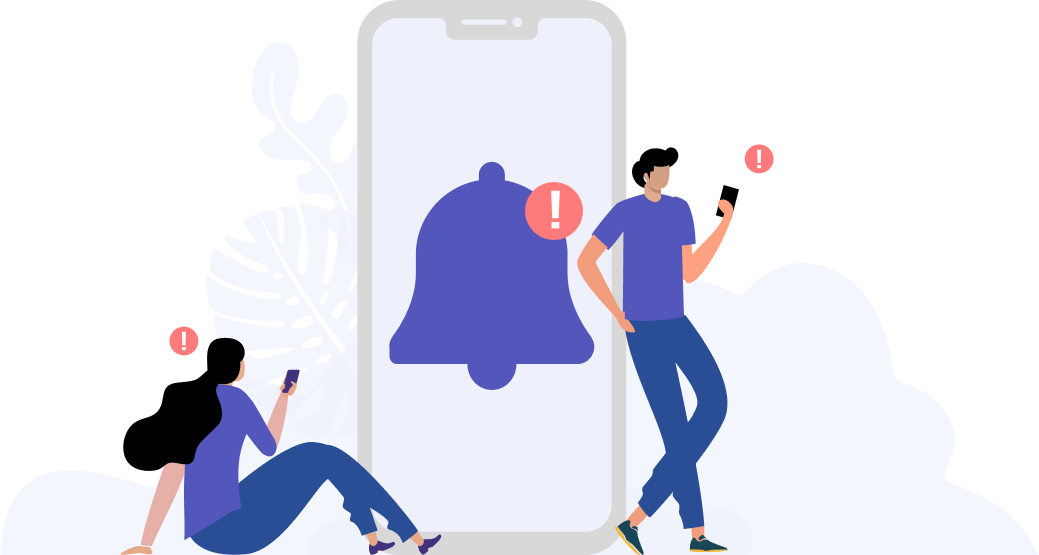Conjunctivitis: What is it and what should I do if my child has it?
Also known as pink eye, what actually causes this common eye infection and how to treat it.

Conjunctivitis, more commonly known as pink eye, is what happens when the conjunctiva (the transparent membrane that lines the eyeball) becomes inflamed or infected. It’s caused by bacterial or viral infections as a result of allergies or injuries, and it’s also highly contagious and common in children. But before you go off and try out the various treatments for this condition for your children, it’s important to know if what you’re dealing with is indeed pink eye.

Some of the most common symptoms of conjunctivitis include:
redness or itchiness
a gritty feeling or sandy sensation
a whitish or yellowish discharge that forms a dry crust
watering
in one or both eyes.
If you suspect that your child might have conjunctivitis, it’s vital to get him to an eye doctor for diagnosis and treatment. There isn’t any immediate danger from conjunctivitis, but it is highly contagious, which makes conjunctivitis especially dangerous if you have more than one child, or if your child passes it around to his friends in school.
Here are some of the available treatment options depending on the type of conjunctivitis your child has. Bacterial conjunctivitis can be cleared up in a few days with antibiotic eye drops, while viral conjunctivitis takes a little longer because it doesn’t respond to antibiotic treatment, so you’ll need to wait for a week or two while the self-limiting infection sorts itself out. Finally, allergic conjunctivitis can be treated with eye drops containing antihistamines, decongestants and other medicinal options. In all cases, it’s necessary to keep your kids from rubbing their eyes in the meantime if they have the condition.
In the future, eliminating some risk factors that might lead to conjunctivitis is the way to go. A child susceptible to allergic conjunctivitis should, naturally, be prevented from receiving exposure to allergens like pollen that might cause it. Teaching your child to recognise the symptoms of conjunctivitis, should any of his classmates exhibit symptoms of the ailment, can also go a long way in preventing infection. Finally, the wearing of contact lenses, and particularly long-wear lenses, are a definite risk factor when it comes to conjunctivitis. Remind your kids to switch to spectacles where possible: after all, there’s nothing ugly or unsightly with a perfectly good pair of glasses.
In any case, practising good eye hygiene is a must. For children who are fond of sports and need to use contact lenses, for example, proper contact lens care behaviours must be inculcated. Changing linen like towels, pillowcases and bed sheets often enough can also go a long way in preventing conjunctivitis in children. Most of all, get your kids in the habit of washing their hands with soap, and often – not too difficult nowadays, especially in a post-Covid-19 pandemic world. By keeping these tips in mind, you too can ensure that your child is kept safe from conjunctivitis.
Tools Designed for Healthier Eyes
Explore our specifically designed products and services backed by eye health professionals to help keep your children safe online and their eyes healthy.





